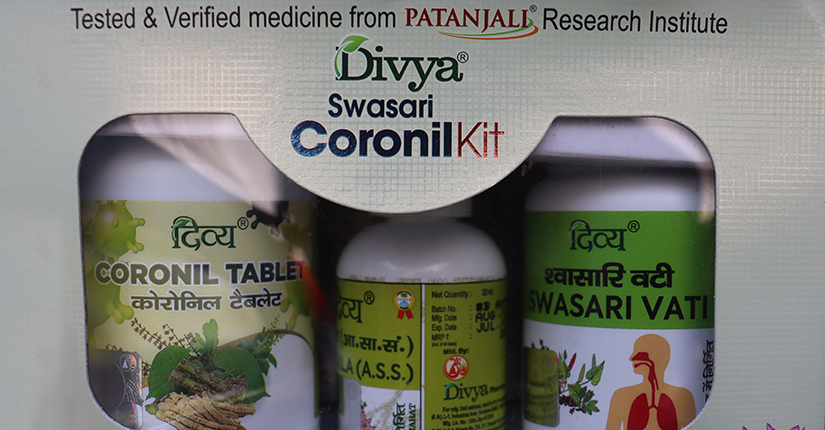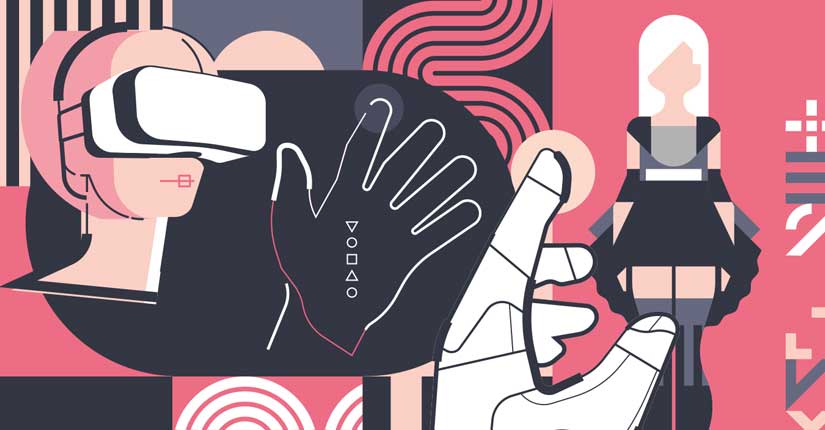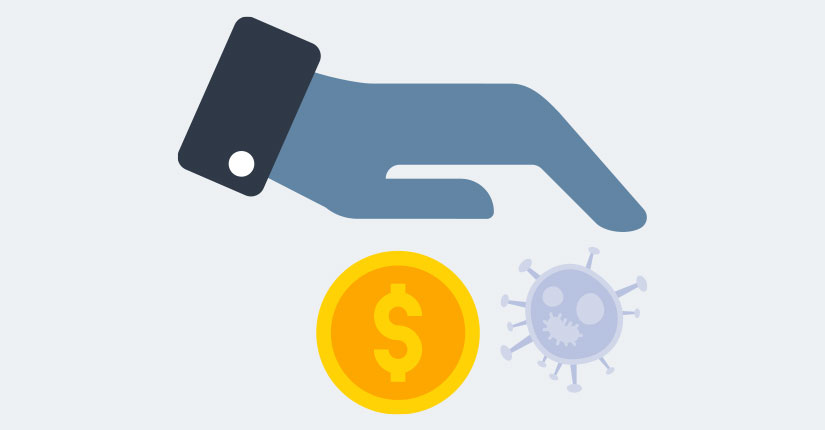WHO Tweeted That Mothers Working In The Health & Care Sector Experience Even Greater Inequality
By Nmami Agarwal 19-Jul 2022 Reading Time: 4 Mins

Employment & gender pay gaps significantly increase when women become mothers & they persist throughout the rest of women’s working lives. Women in the health and care sector earn 24 percent less than men. The most comprehensive global analysis of gender pay inequalities in the health and care sector finds that women face a larger gender pay gap than other economic sectors.
The report, the world’s most comprehensive analysis on gender pay inequities in health, finds a raw gender pay gap of approximately 20 percentage points which jumps to 24 percentage points when accounting for factors such as age, education and working time. This highlights that women are underpaid for their labour market attributes when compared to men.
Much of the wage gap is unexplained, perhaps due to discrimination towards women – who account for 67 percent of health and care workers worldwide. The report also finds that that wages in the health and care sector tend to be lower overall, when compared with other economic sectors. This is consistent with the finding that wages often are lower in economic sectors where women are predominant. It also finds a wide variation in gender pay gaps in different countries, suggesting that pay gaps in the sector are not inevitable and that more can be done to close these gaps. Within countries, gender pay gaps tend to be wider in higher pay categories, where men are over-represented. Women are over-represented in the lower pay categories.
Mothers working in the health and care sector appear to suffer additional penalties. During a woman’s reproductive years, employment and gender pay gaps in the sector significantly increase. These gaps then persist throughout the rest of a woman’s working life. The report observes that a more equitable sharing of family duties between men and women could, in many instances, lead to women making different occupational choices.
The analysis also looks at the factors that are driving the sector’s gender pay gaps. Differences in age, education, working time and the difference in the participation of men and women in the public or private sectors only address part of the problem. The reasons why women are less paid than men with similar labour market profiles in the health and care sector across the world remains, to a large extent, unexplained by labour market factors.
Over To You:
The health and care sector has endured low pay in general, stubbornly large gender pay gaps, and very demanding working conditions.





















